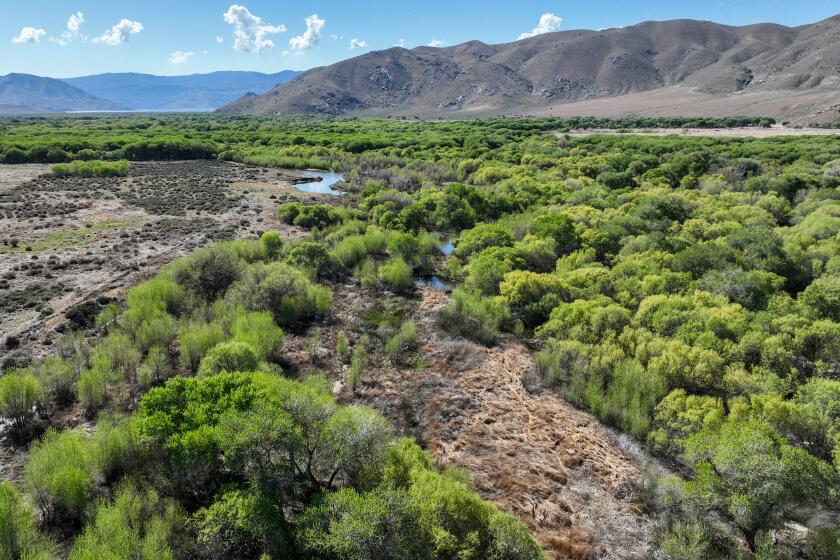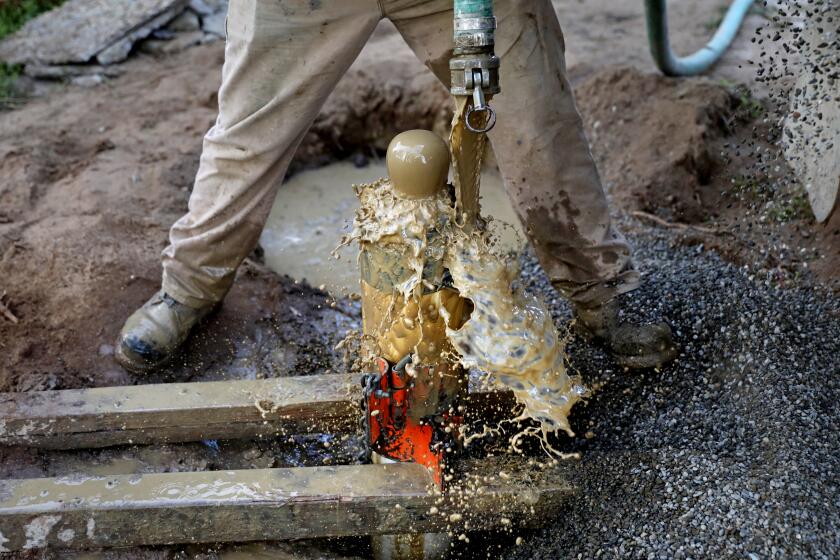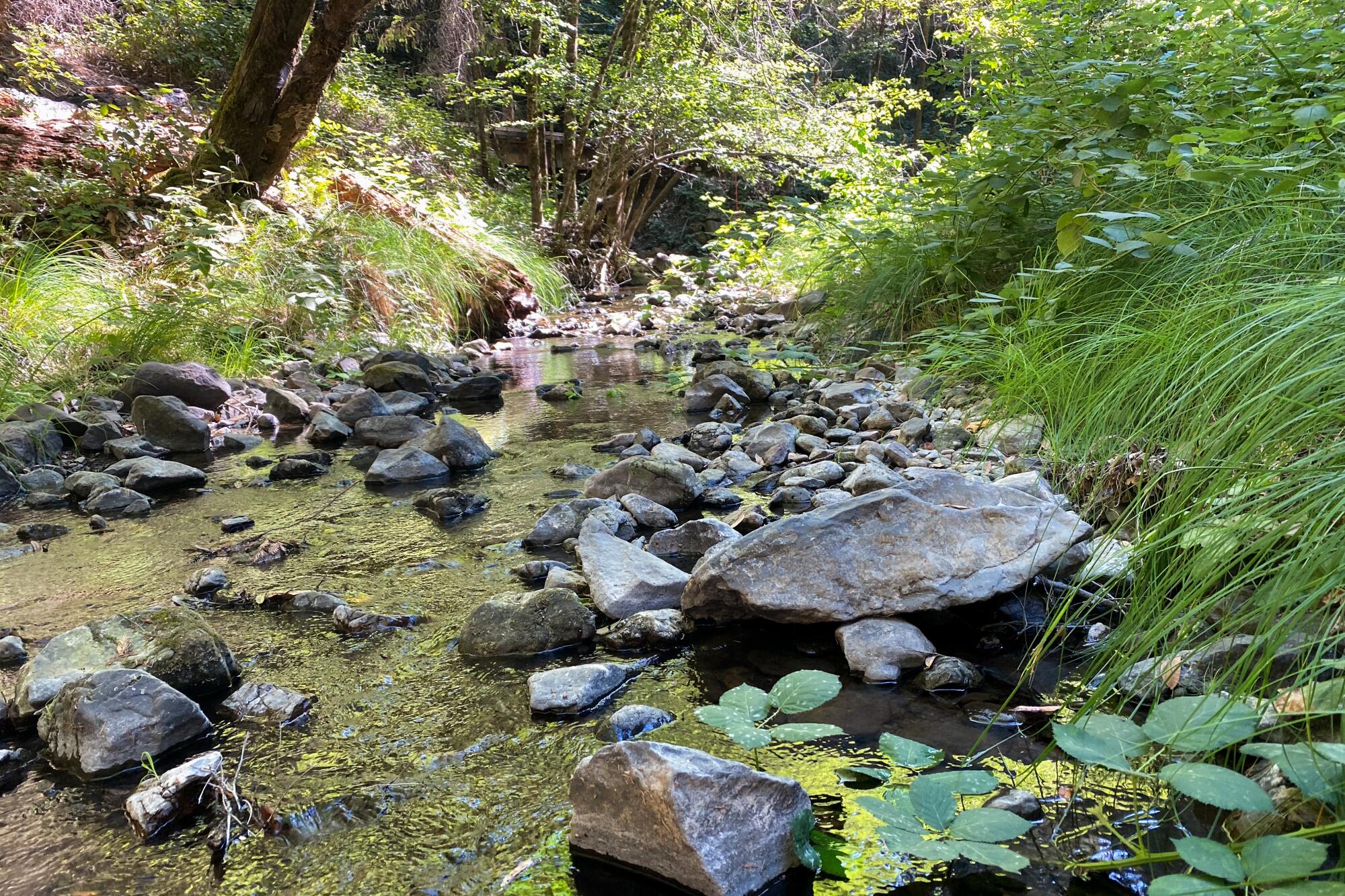
Every year in Sonoma County, steelhead trout and coho salmon return to spawn in creeks along the Russian River that are fed by groundwater.
Environmental advocates have long urged the county to adopt measures that would prevent groundwater pumping and well drilling from drying up these streams and damaging vital fish habitat.
Now, a Sonoma County Superior Court judge has sided with environmental groups, ruling that the county violated state law and failed to meet its obligations to protect so-called public trust resources when officials adopted rules for wells under an amended local ordinance.
“We have long known that excessive well pumping can harm our public trust resources, such as salmon and steelhead,” says Don McEnhill, executive director of the nonprofit group Russian Riverkeeper. “We’re seeing major degradation in habitat.”
Hydrologist Melissa Rohde studies California ecosystems that depend on groundwater. In many areas, declining water levels put habitats at risk of drying up.
Coho salmon are listed as an endangered species, while steelhead are listed as threatened. Both spawn in Russian River tributaries including Mill, Mark West and Green Valley creeks.
The court’s decision underlines a legal requirement that California counties ensure that unchecked groundwater pumping isn’t drying up streams and threatening the survival of species, said Sean Bothwell, executive director of California Coastkeeper Alliance.
“Groundwater and surface water are connected, essentially the same thing, and they need to be managed the same way,” Bothwell said. “We really hope this ruling leads counties to be proactive, to manage the system as a whole.”
Bothwell said the environmental groups filed the lawsuit because Sonoma County “was just handing out groundwater permits without any review or analysis of the impact to the river.”
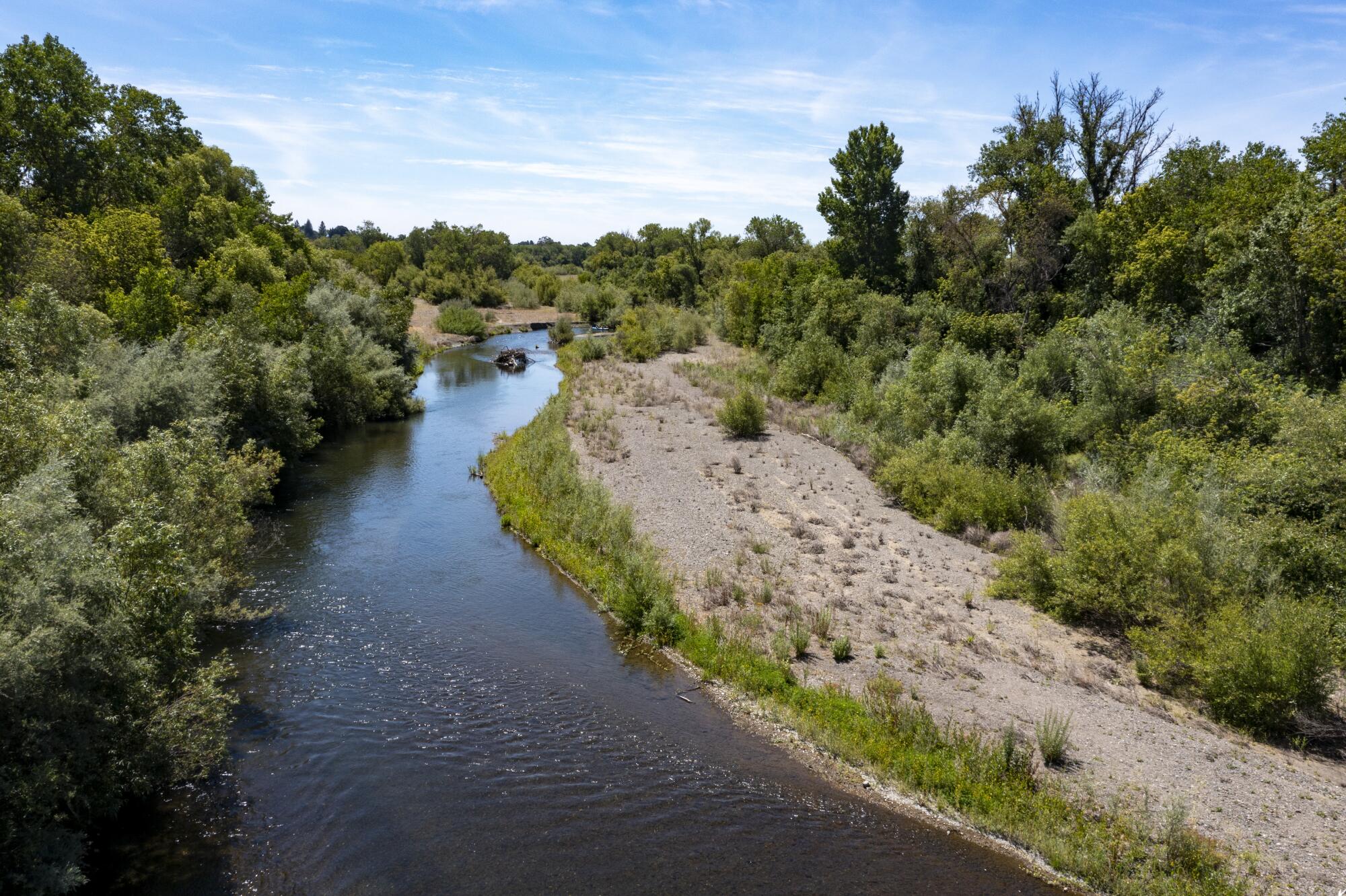
Coastkeeper Alliance initially sued the county in 2021 under the public trust doctrine — the principle that certain natural resources must be preserved for the public. That case was settled in 2022, when county supervisors temporarily paused the issuing of well permits and began work amending the county’s well ordinance.
Last year, Sonoma County supervisors approved amendments that, according to the county’s website, “create a new regulatory process that considers potential adverse impacts on public trust resources, such as habitat for coho salmon, when approving well permits.”
However, leaders of the environmental groups argued the measures fell short and lacked sufficient analysis.
Another problem, McEnhill said, was that the county still wasn’t requiring well owners to install meters to measure and report how much water they pump.
“It was kind of like posting a speed limit on the highway and having no cops enforcing it,” he said. “When it comes to water, when it’s a ‘trust me’ situation, that’s never been proven to work in California — or anywhere else in the country.”
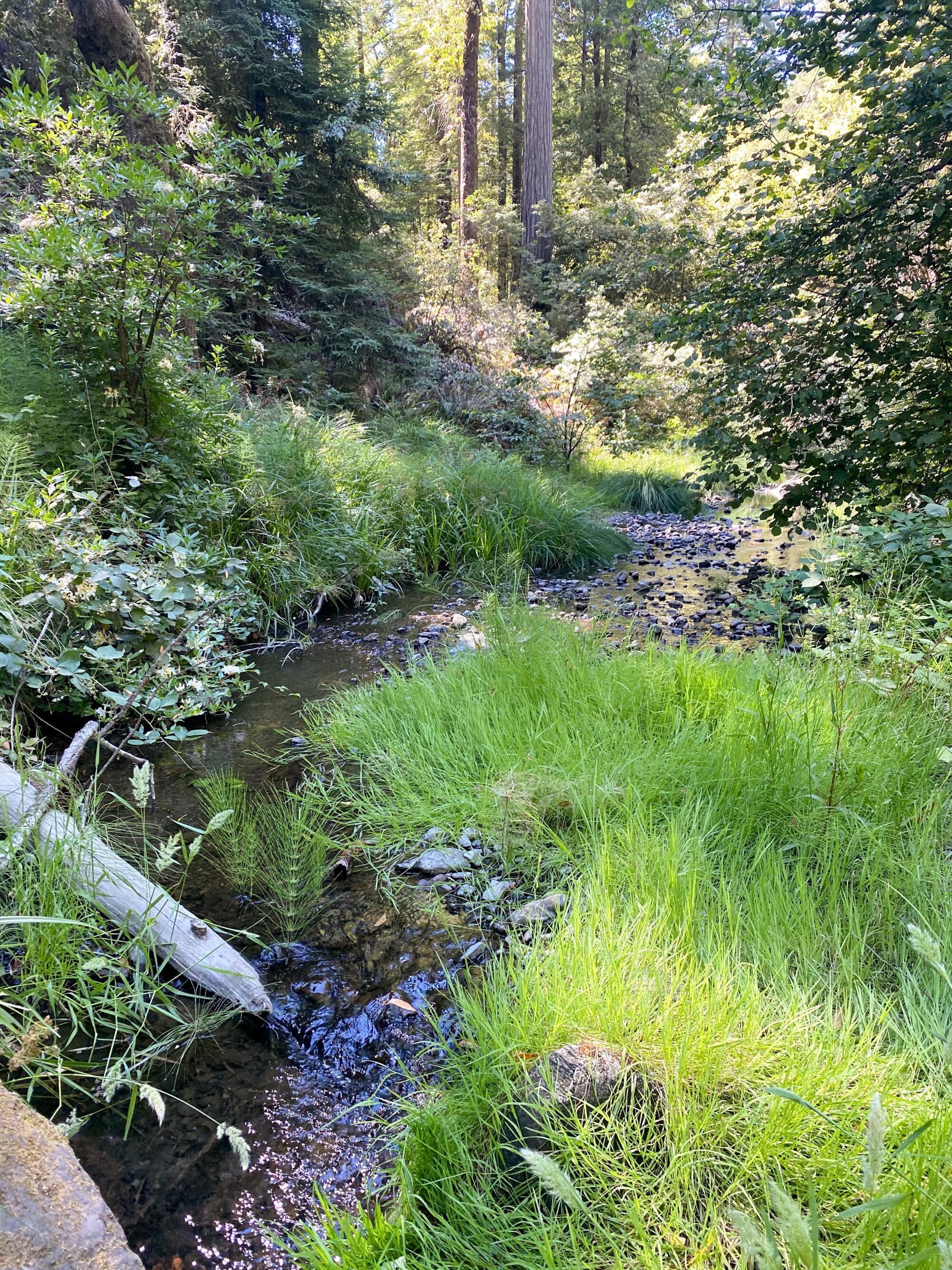
Plaintiffs argued the county failed to fulfill its obligations under the public trust doctrine as well as the California Environmental Quality Act (CEQA).
Superior Court Judge Bradford DeMeo agreed in his Aug. 21 ruling, writing that based on previous cases, the state has “an affirmative duty to take the public trust into account when making decisions affecting the waters.”
Bothwell said this was the first time a California court has required a county to consider public trust resources when issuing permits for new wells.
Sonoma County officials were disappointed with the court’s ruling, said Paul Gullixson, a county spokesperson. He said the ruling followed “a robust public policy making process with considerable public, scientific, and technical input, that took the public trust doctrine and CEQA compliance seriously.”
Gullixson said in an email that county officials are awaiting the final judgment in the case, which will start a 60-day period for filing an appeal.
Until that final decision is issued, the county is continuing its normal process of reviewing applications and issuing permits for wells, Gullixson said. If Sonoma County decides to appeal, any stay of the decision would allow the county to continue issuing permits under the amended ordinance pending the outcome of that case.
California water officials backed a bill to impose restrictions on where wells can be drilled, seeking to protect drinking water sources. Lawmakers rejected it.
The environmental groups said the ruling means the county will need to analyze the “cumulative impacts” of allowing the drilling of more wells, and adopt measures to ensure protection of creeks when new wells are authorized.
The decision should lead to science-based limitations on well-drilling and pumping where necessary to protect the flow of streams that fish depend on, McEnhill said.
“We see a pathway to resolving this issue,” he said. “Our goal is to provide enough water so that salmon can persist.”
California’s groundwater law includes provisions intended to protect groundwater-dependent ecosystems. But many of these vulnerable natural areas are located outside regulated groundwater basins. Scientists have found that only 1% of the state’s groundwater-dependent ecosystems are sufficiently protected under measures adopted to date.
McEnhill said that’s the case in Sonoma County, where creeks that provide valuable fish habitat and are at risk lie outside areas targeted for measures to address overpumping under the Sustainable Groundwater Management Act.
Bothwell said the goal in Sonoma and elsewhere should be to balance the demands of those diverting surface water and those pumping groundwater with the needs of fish and ecosystems, particularly during severe droughts, which are increasingly being intensified by climate change.
“Our biggest goal is to bring the watershed into balance,” Bothwell said.
How the county responds is especially important, he said, because the state’s groundwater law — which calls for addressing overpumping by 2040 in many areas — is moving “too slow, quite frankly, to address the issues that the Russian River watershed is dealing with now.”
Toward a more sustainable California
Get Boiling Point, our newsletter exploring climate change, energy and the environment, and become part of the conversation — and the solution.
You may occasionally receive promotional content from the Los Angeles Times.
